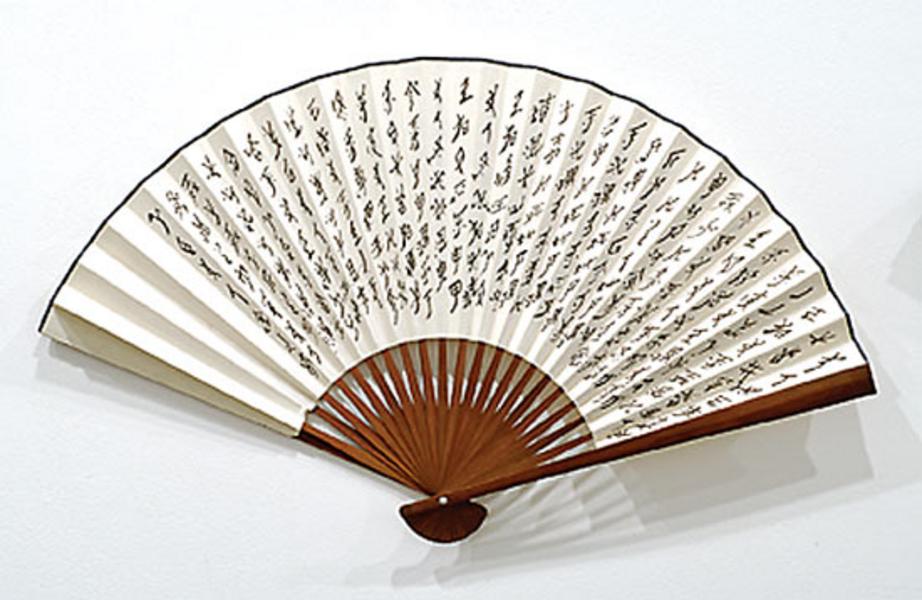Remembering Nüshu, the 19th-century Chinese script only women could write
In 1988, Yi Nianhua, a frail, sickly woman in her 80s, spent many evenings scribbling elegant characters at a table in her kitchen in the small rice-farming village of Shangjiangxu Township, China.
With only a blunt writing brush, the elongated script came out fat and blotchy on the newsprint she used for paper. But Cathy Silber, a professor at Skidmore College in New York, worked alongside Yi in her kitchen, diligently deciphering and studying the written language.
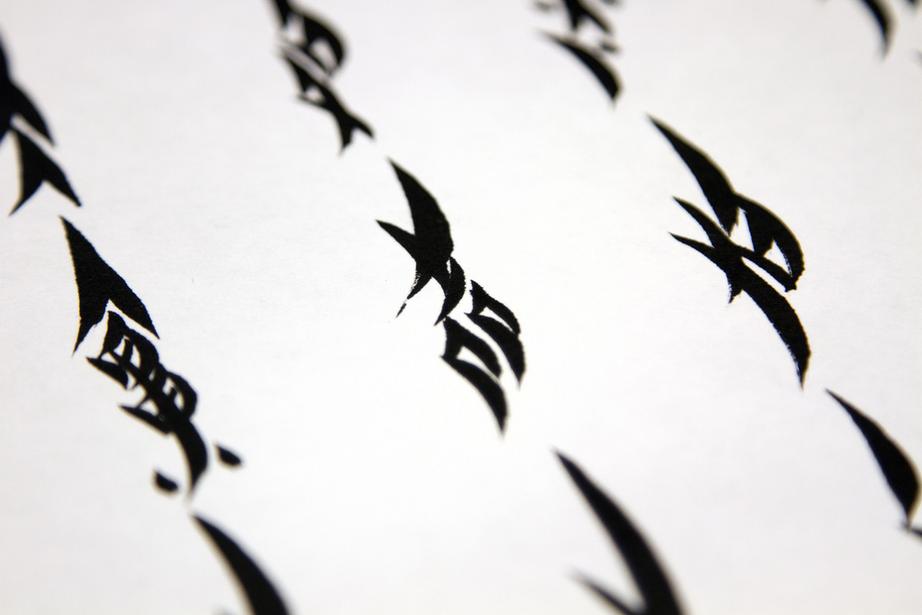
“Out of the thousands of scripts that are gender-specific to men, here we have one that we know is gender-specific to women,” says Silber, who has been researching Nüshu since 1985. Yi was one of the last remaining writers of Nüshu, a fading script that only women knew how to write and read.
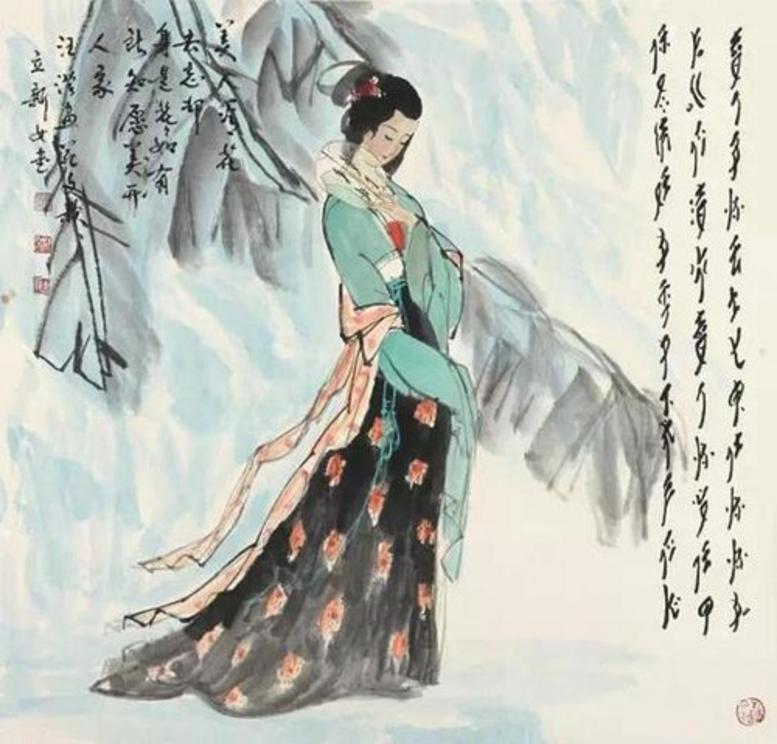
Stemming from the southwestern Hunan Province county of Jiangyong, a small group of women in the 19th and 20th centuries practiced this special script that no man could read or write. The writing system allowed these women to keep autobiographies, write poetry and stories, and communicate with “sworn sisters,” bonds between women who were not biologically related. The tradition of Nüshu is slowly vanishing, but at one time gave the women of Shanjiangxu freedom to express themselves.
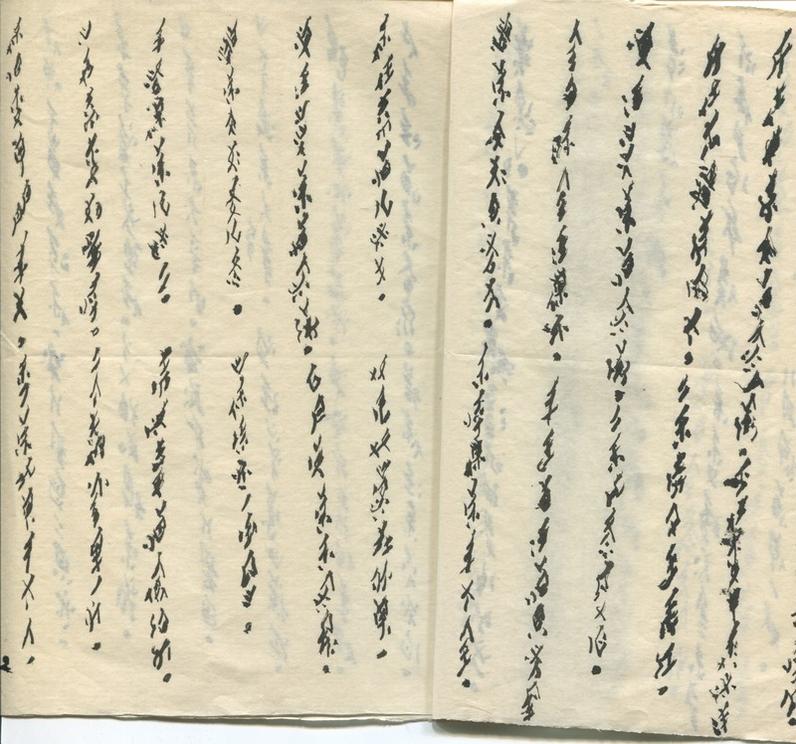
A sample of Yi Nianhua’s Nüshu writing. The fat lines made the characters almost illegible for Silber. Cathy Silber
In the middle of the 20th century, it wasn’t uncommon for Chinese women of higher socioeconomic classes to write songs, ballads, complaints, or stories, as Wilt Idema details in the book Heroines of Jiangyong: Chinese Narrative Ballads in Women’s Script. However, it was extremely rare to find such intimate texts from peasant women. As of 2012, there were approximately 500 known texts written in Nüshu, ranging from four-line poems to long autobiographical narratives. Today, the texts that have survived give researchers such as Silber the opportunity to peer into the daily lives of Chinese women throughout this period of history.
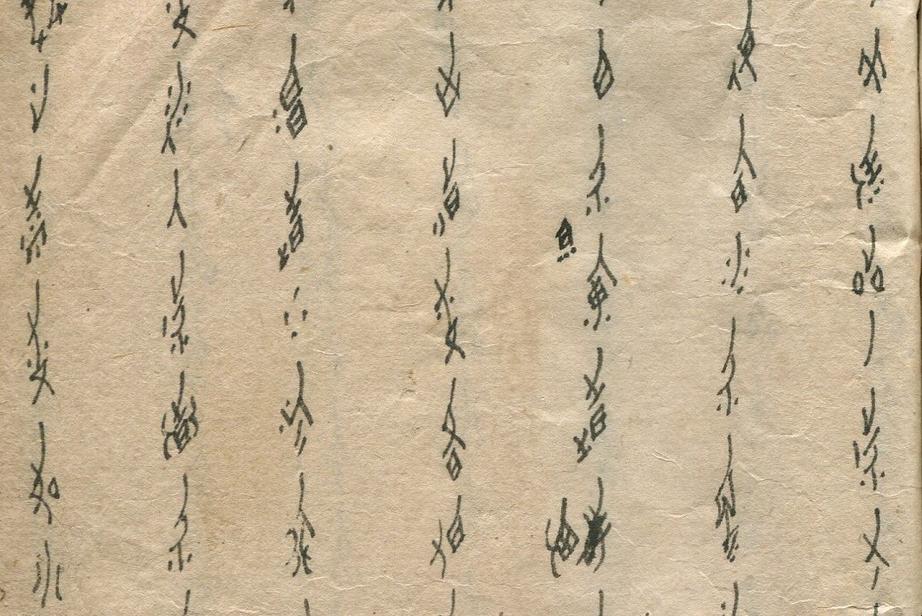
When Nüshu was first discovered by people outside of Jiangyong in the 1980s, the media sensationalized the script as an invented, secret language that women could use to spite men and a patriarchal society. This is what initially drew Silber to study Nüshu. But what she found was that men were well aware that women had been writing in the script. It wasn’t an entirely new, made-up language but actually a writing system for the local dialect, and if men heard Nüshu read aloud they most likely would have been able to understand. Men mostly just didn’t care to learn how to write in women’s script.
“Men were not exactly clamoring to be let in on this ‘secret,’ just as they were not storming the lofts demanding to learn embroidery,” Silber says. “Even though it wasn’t a secret, it was for all practical purposes used exclusively by women.”
For more, please use the source link below.

